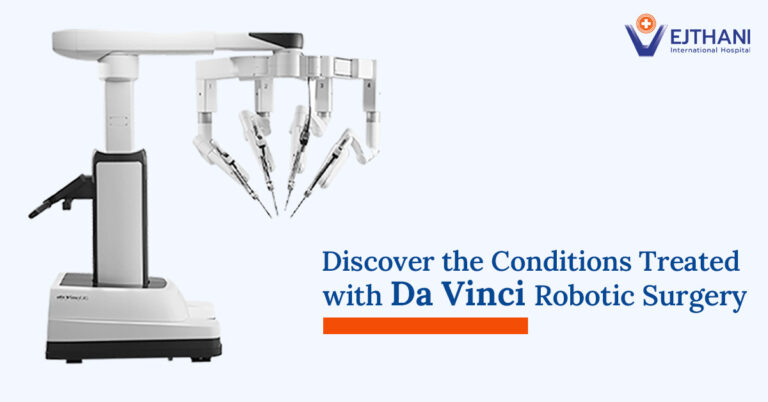New Era of Minimally Invasive Surgery with the Da Vinci Surgical Robot
Greater precision. Faster recovery. Better quality of life. Medical technology has advanced at an extraordinary pace to ensure patients receive treatment that is both safer and more effective. One of the most significant innovations is the Da Vinci Surgical Robot, acutting-edge robotic system designed to assist surgeons in minimally invasive Surgeries (MIS). It enhances accuracy […]






